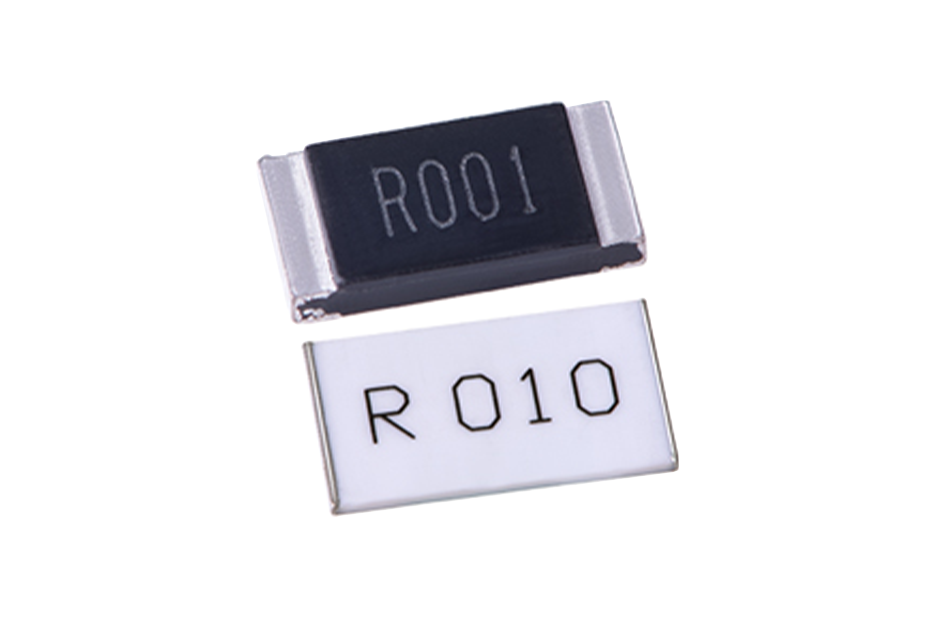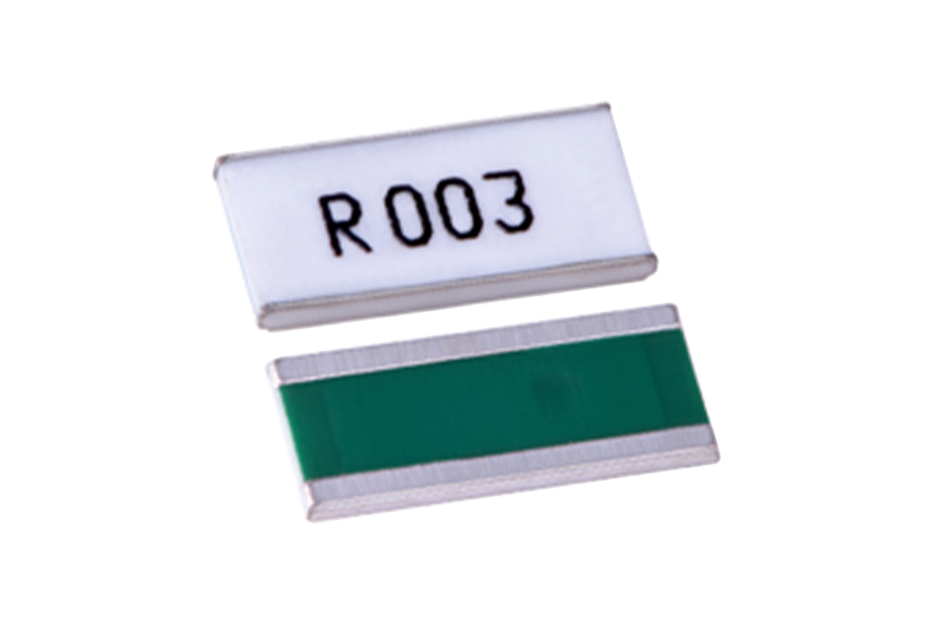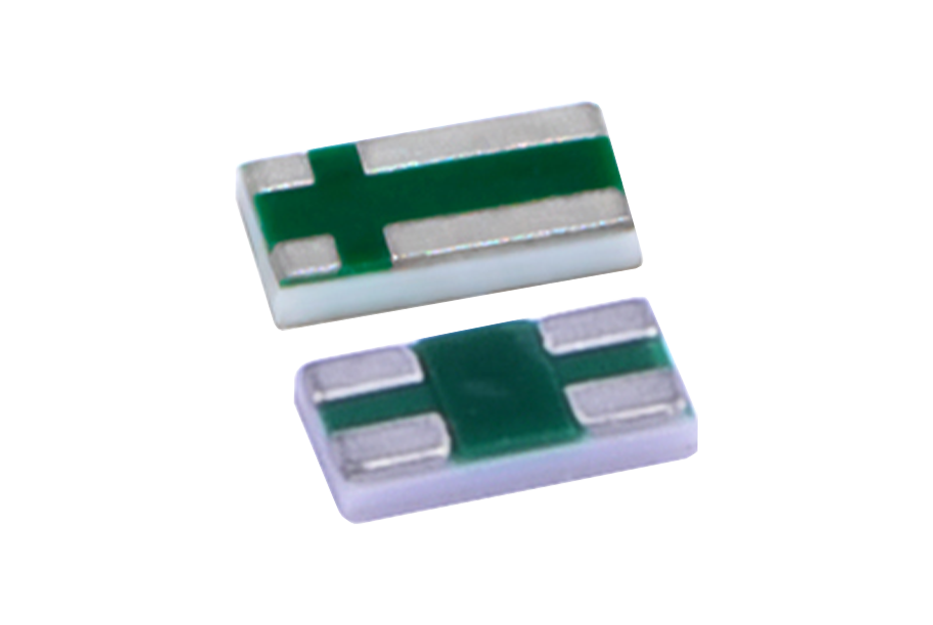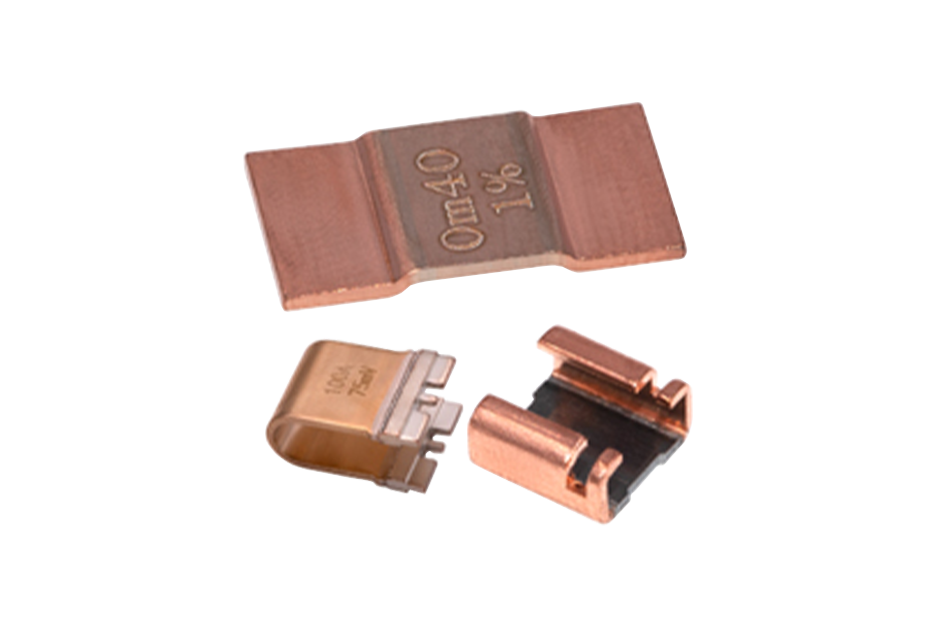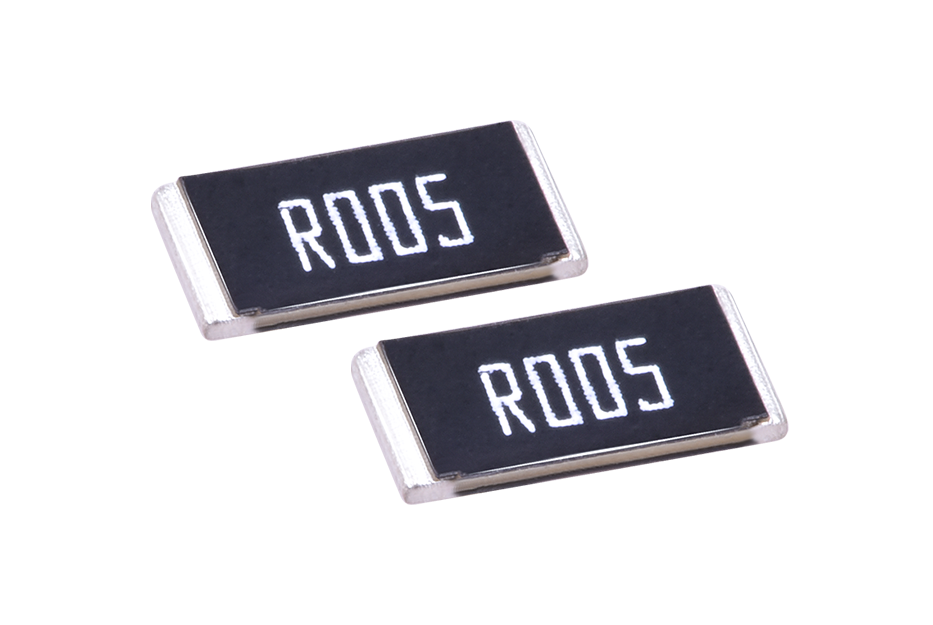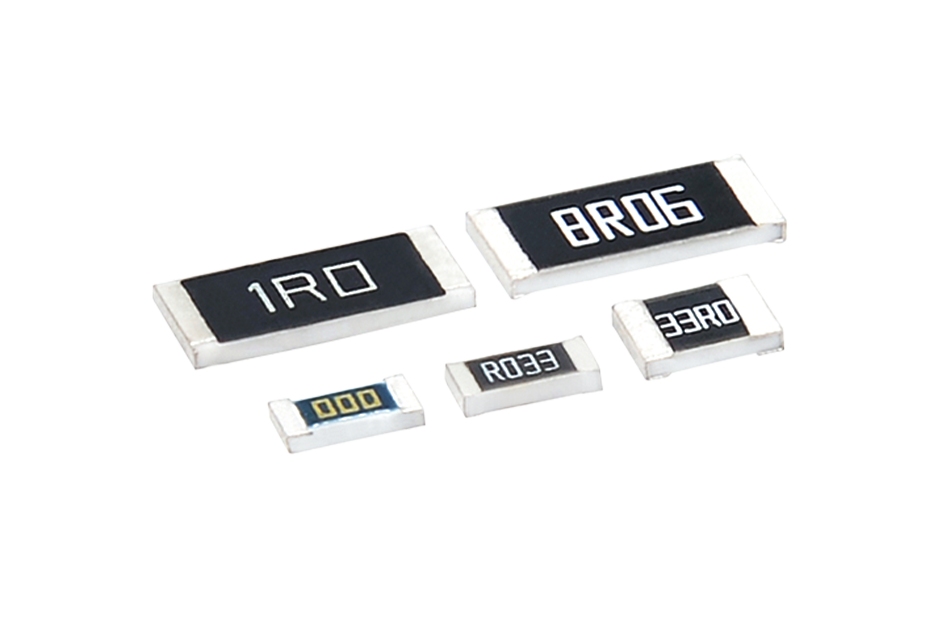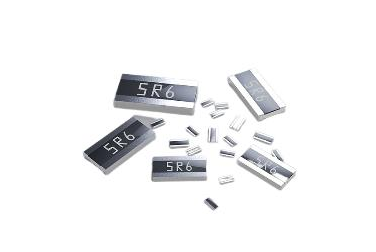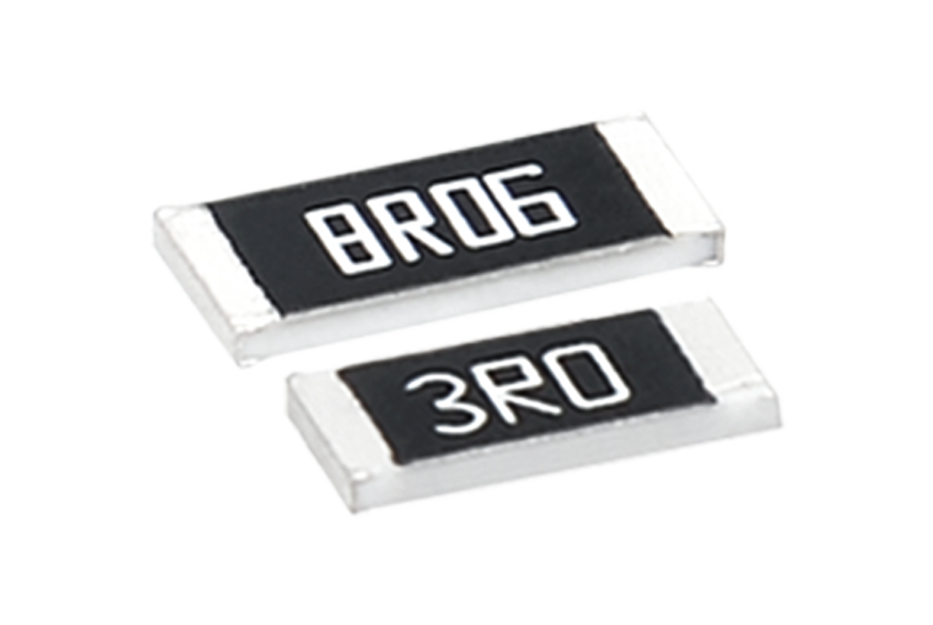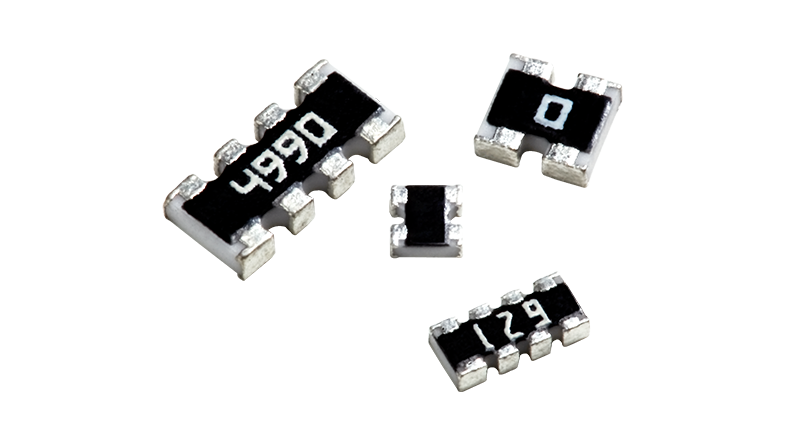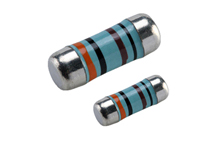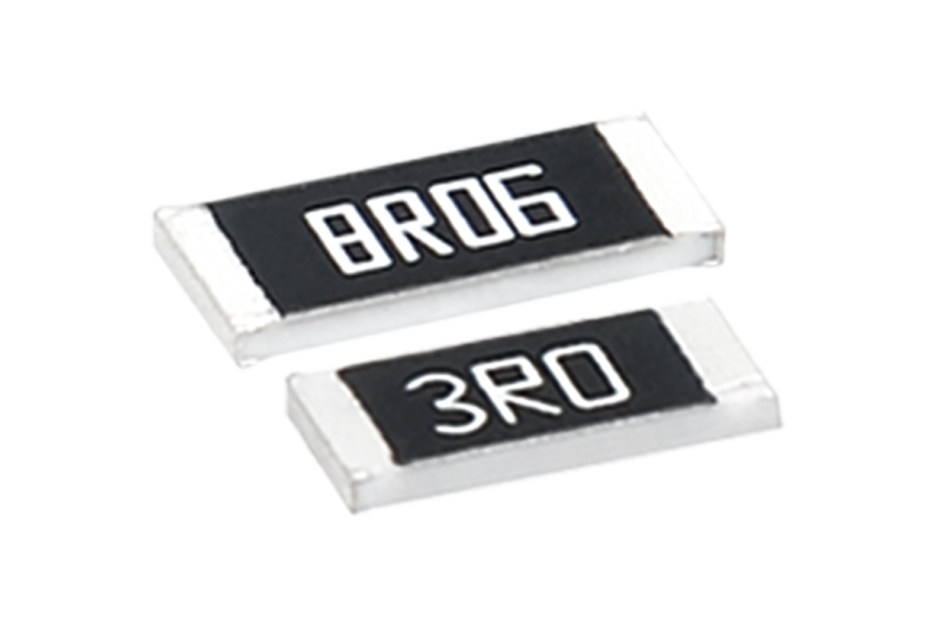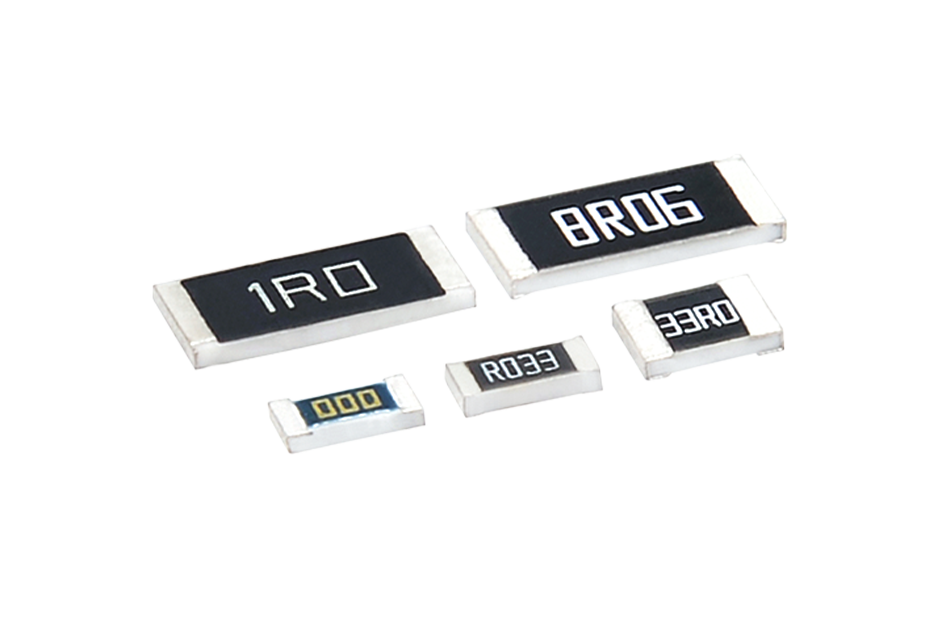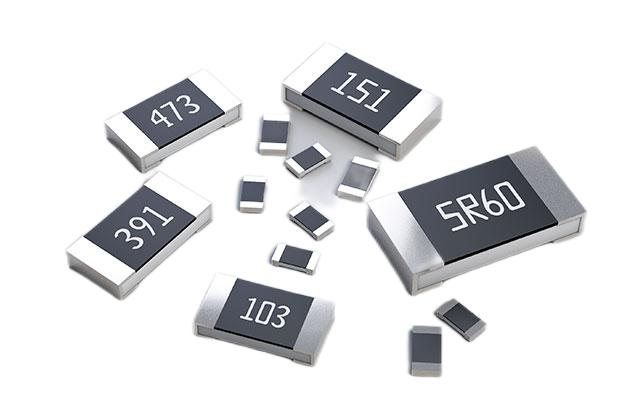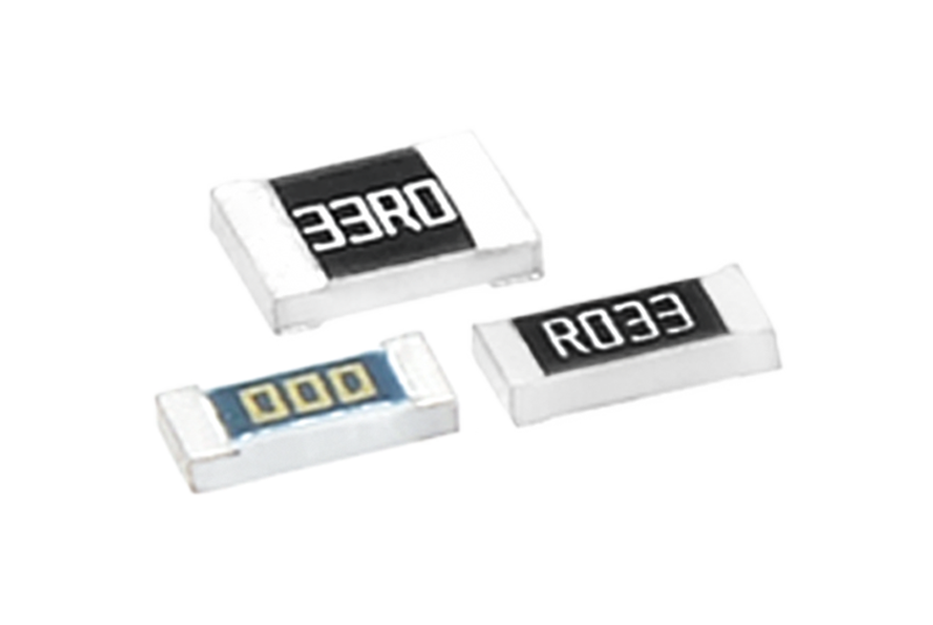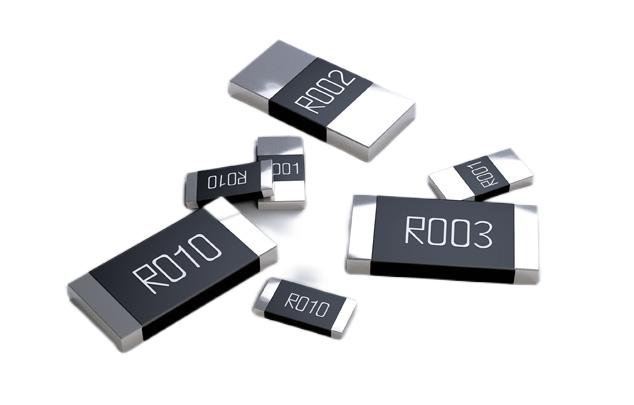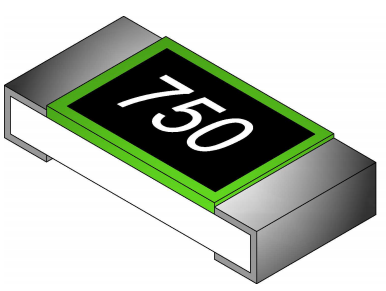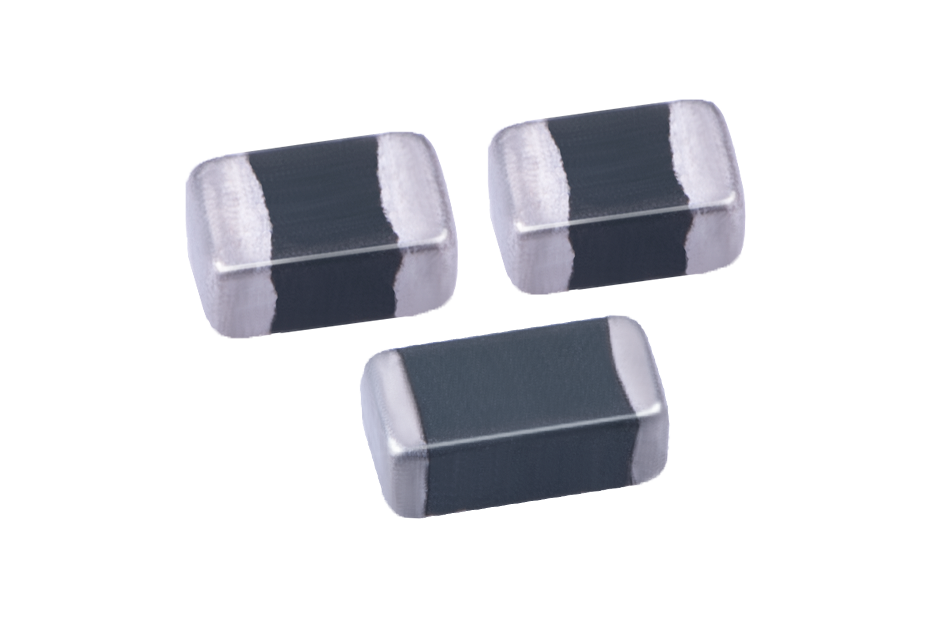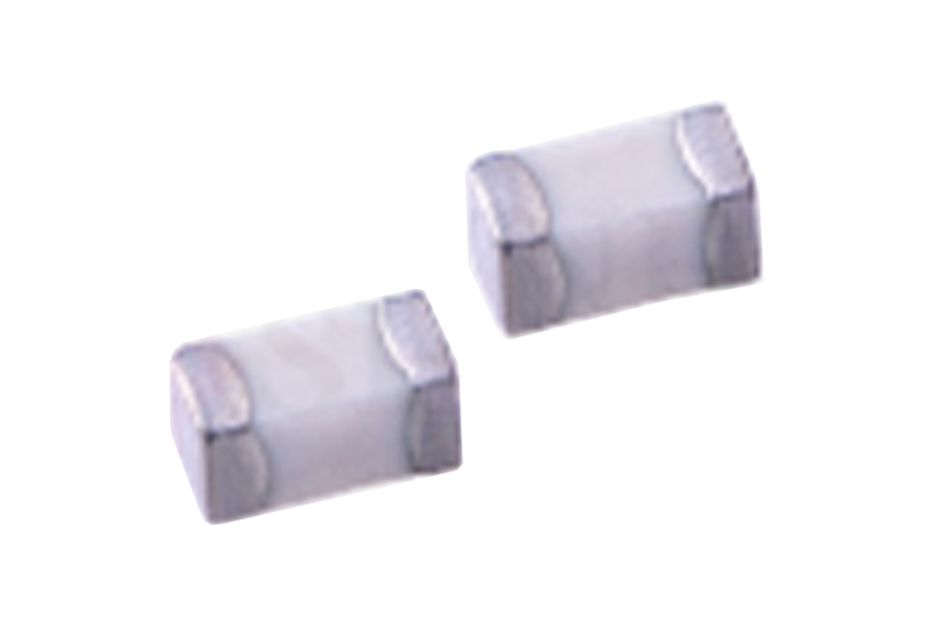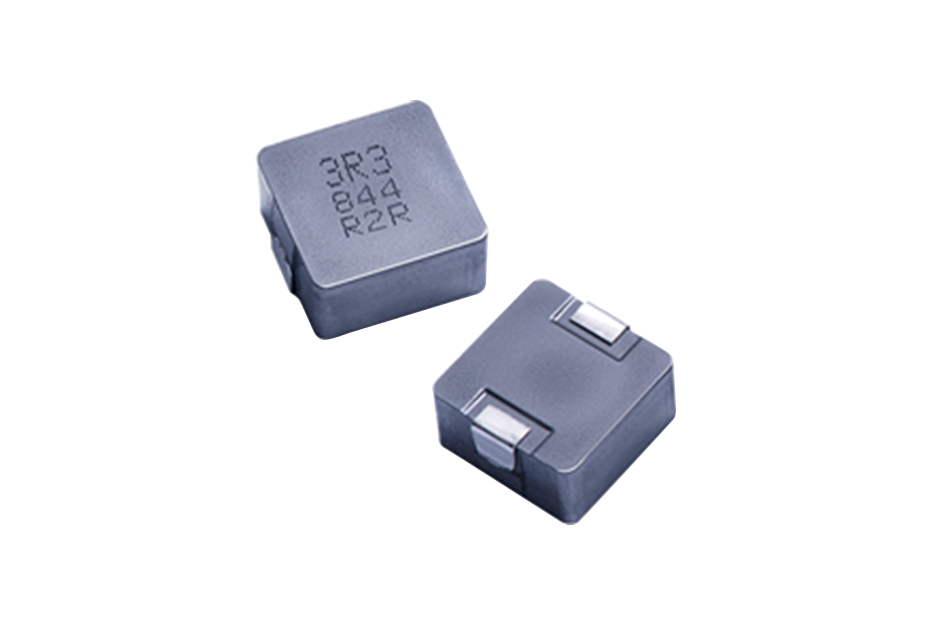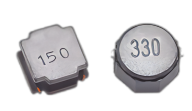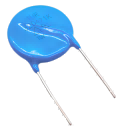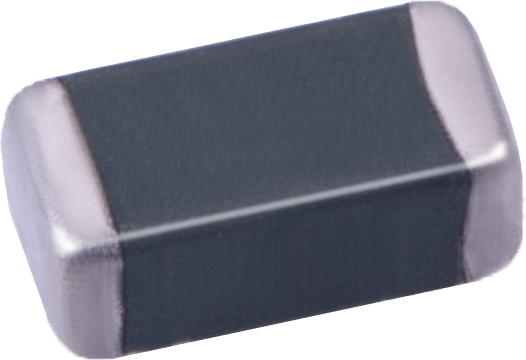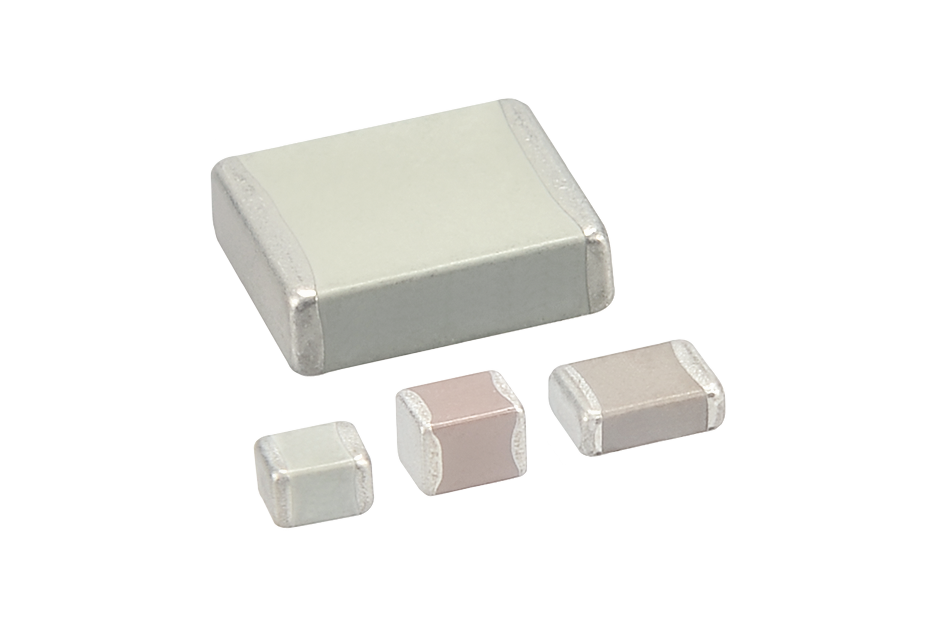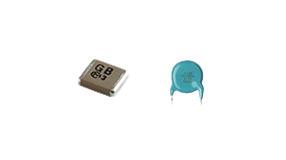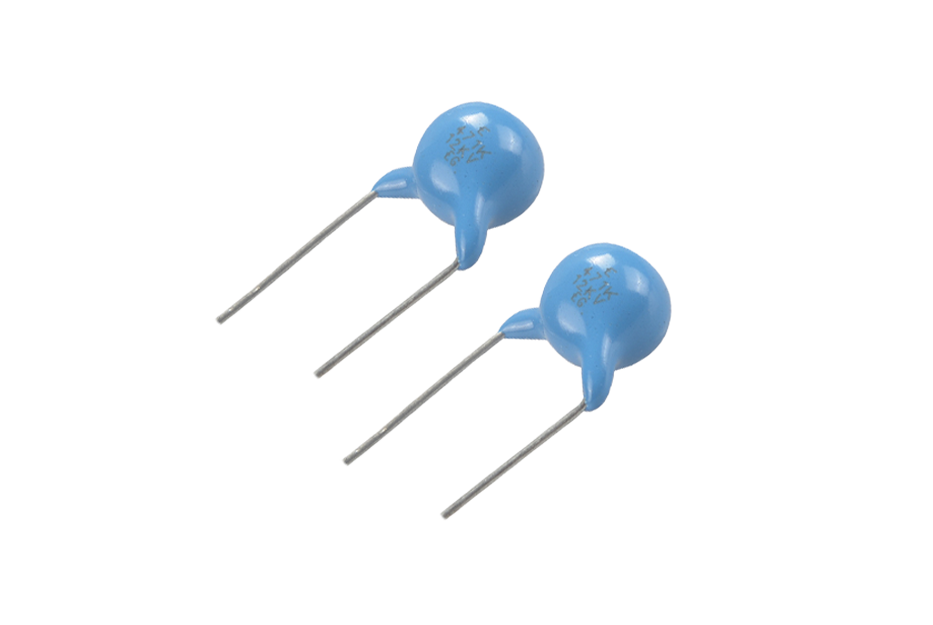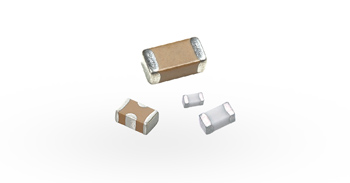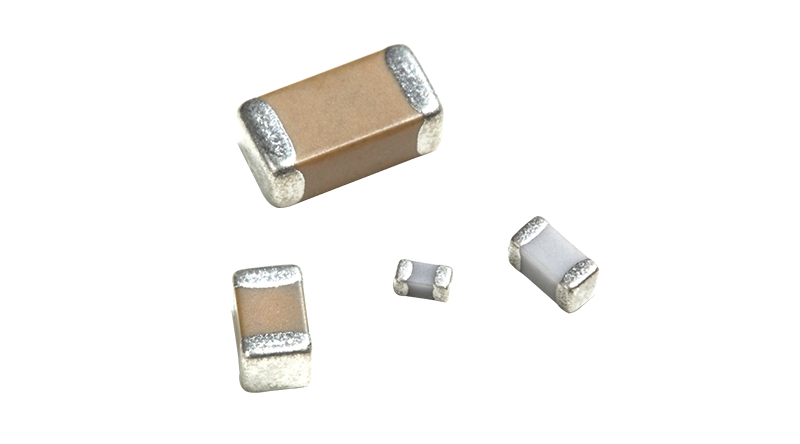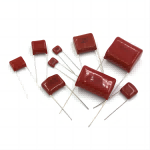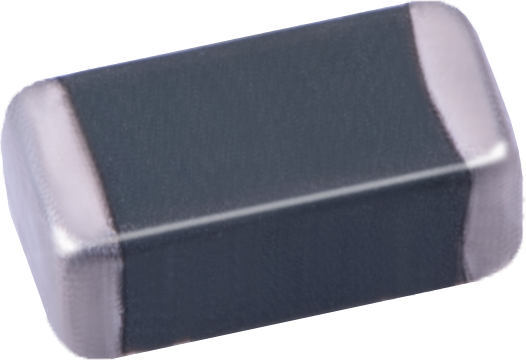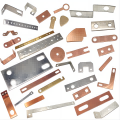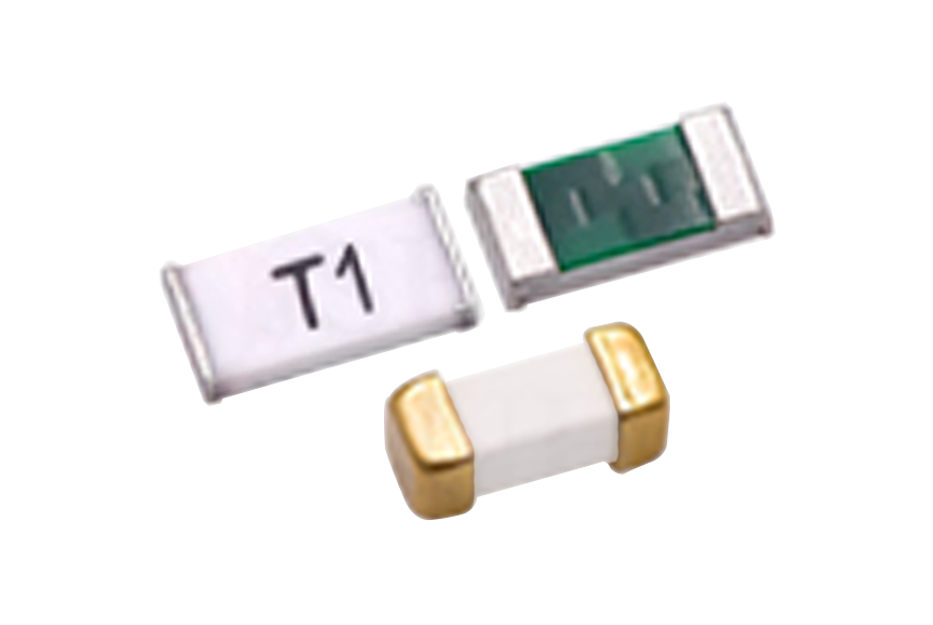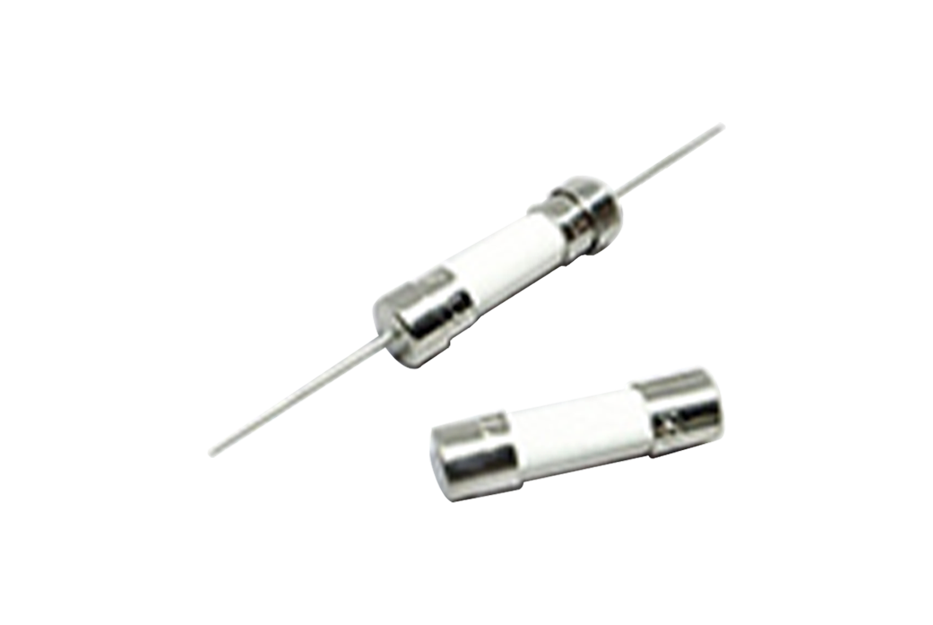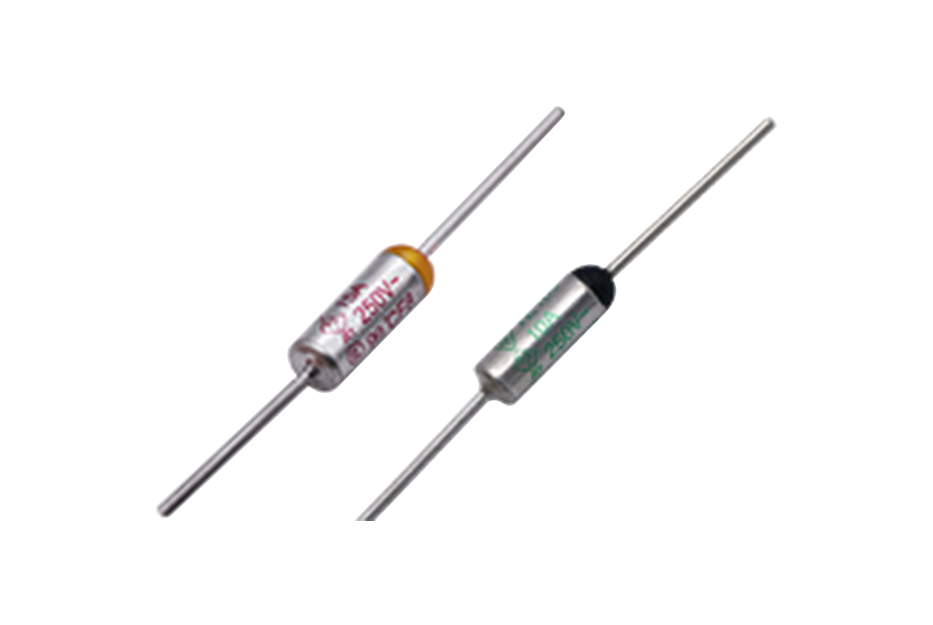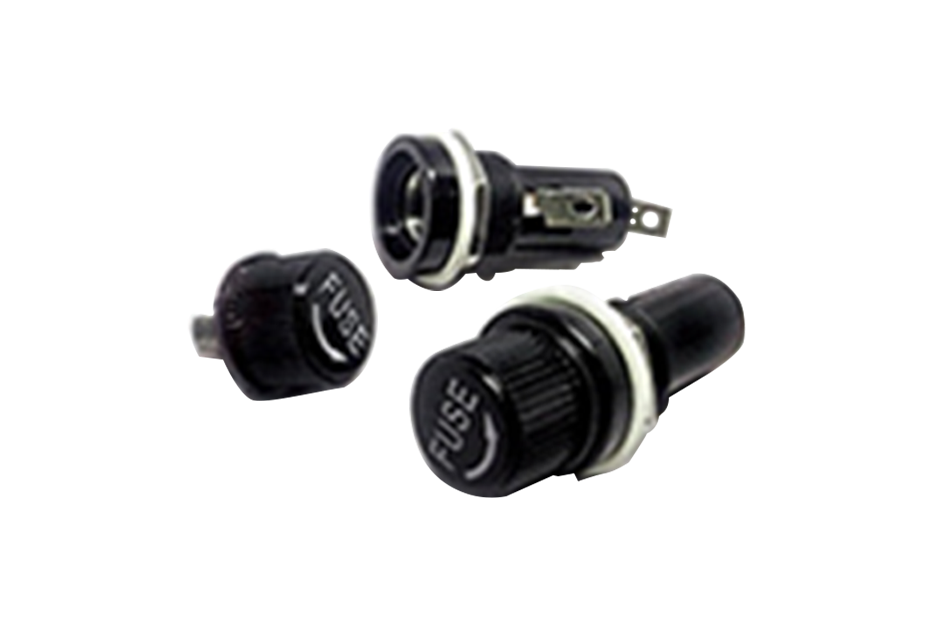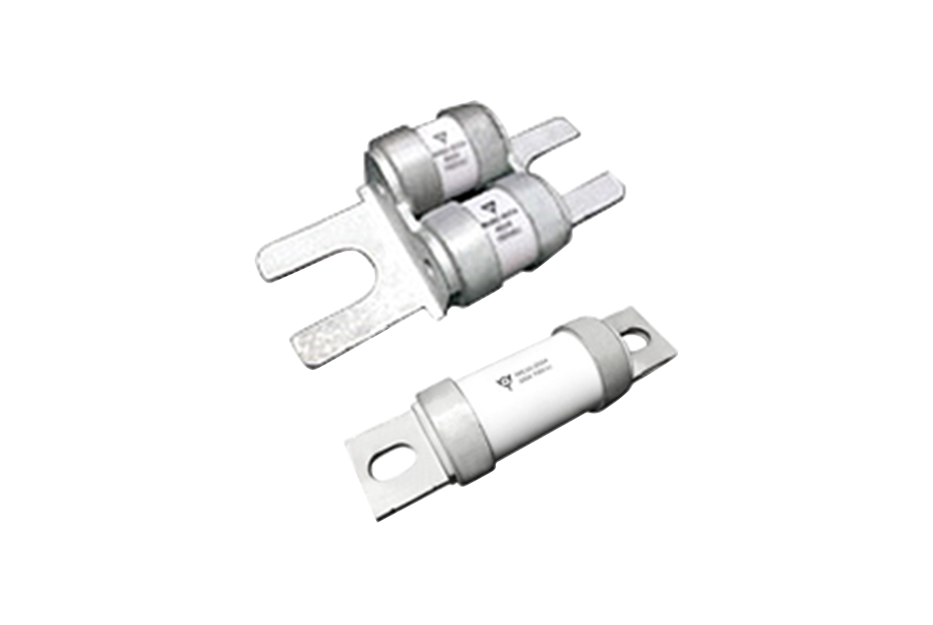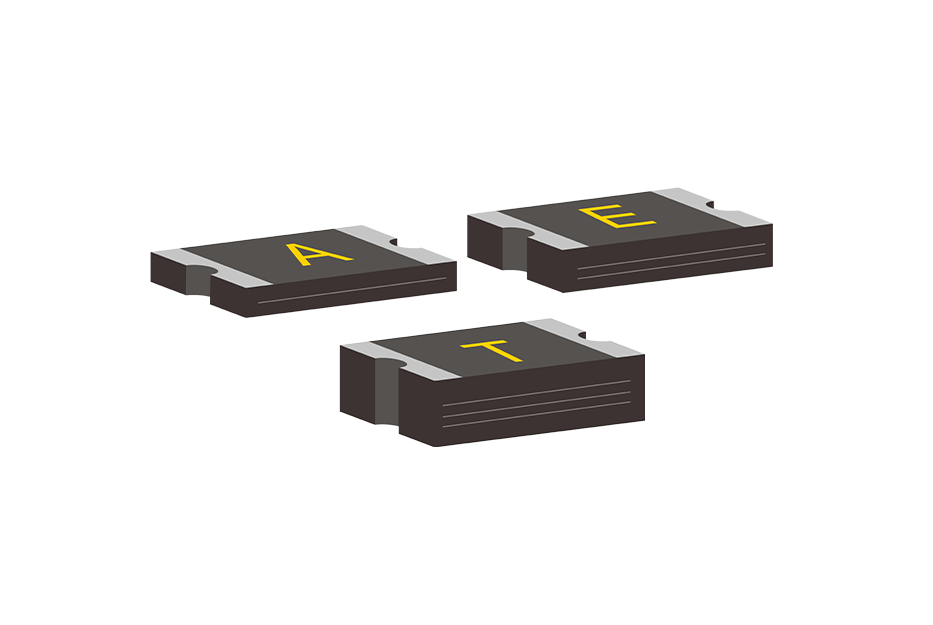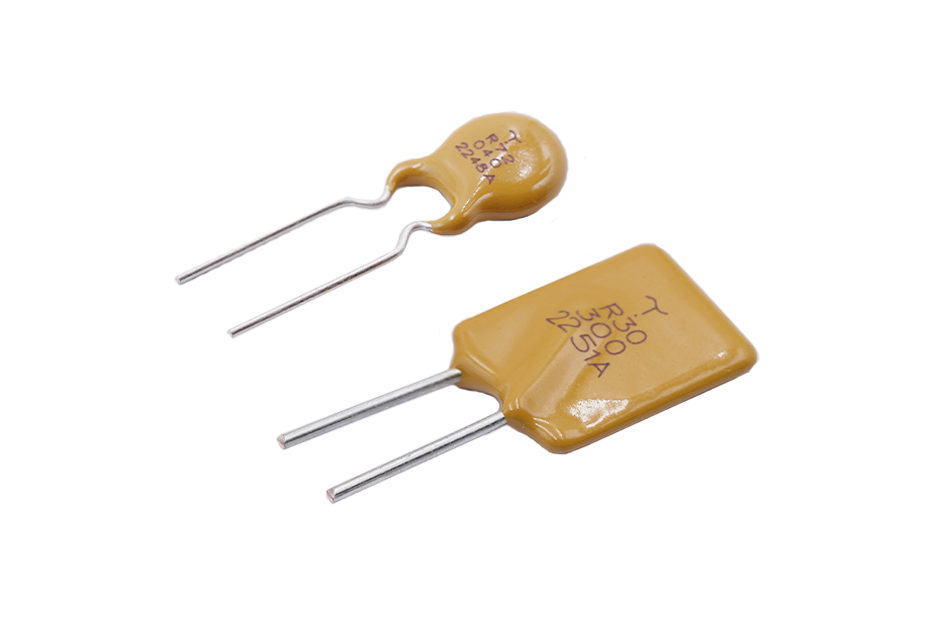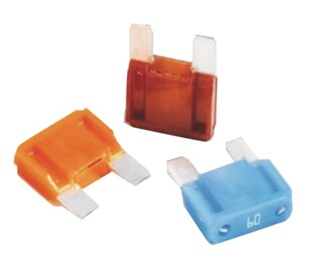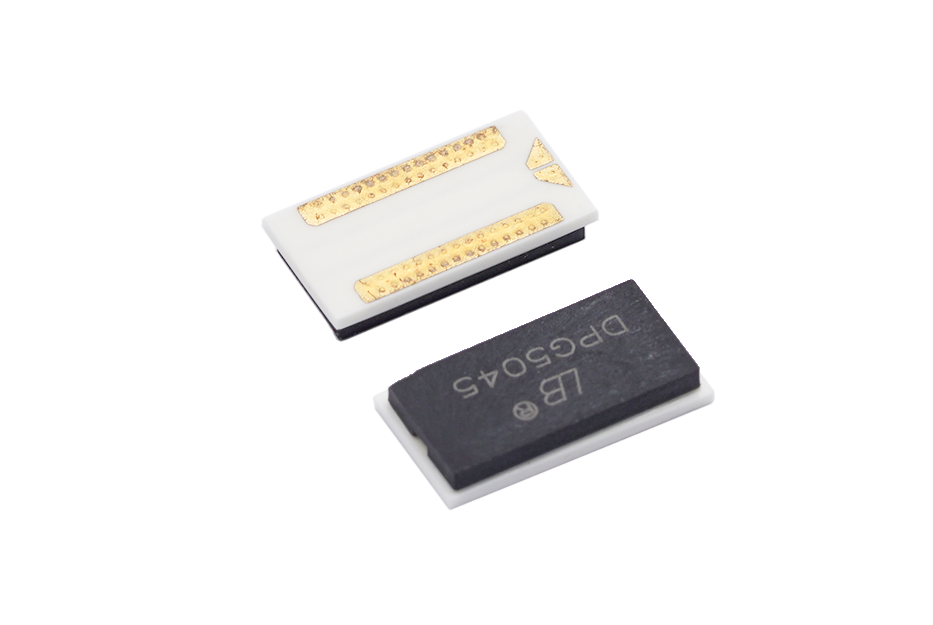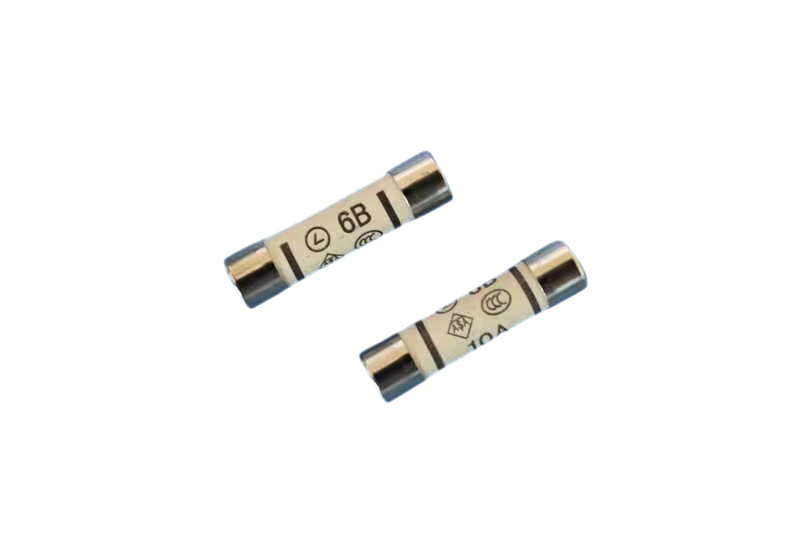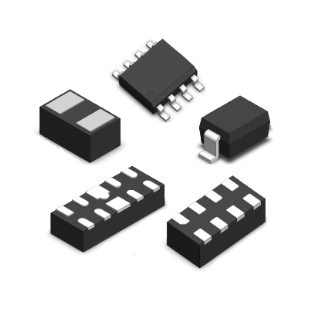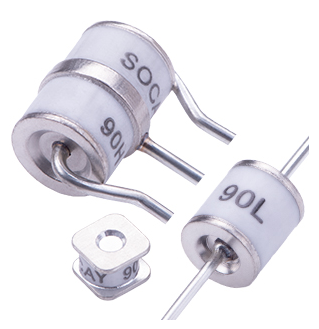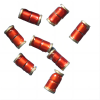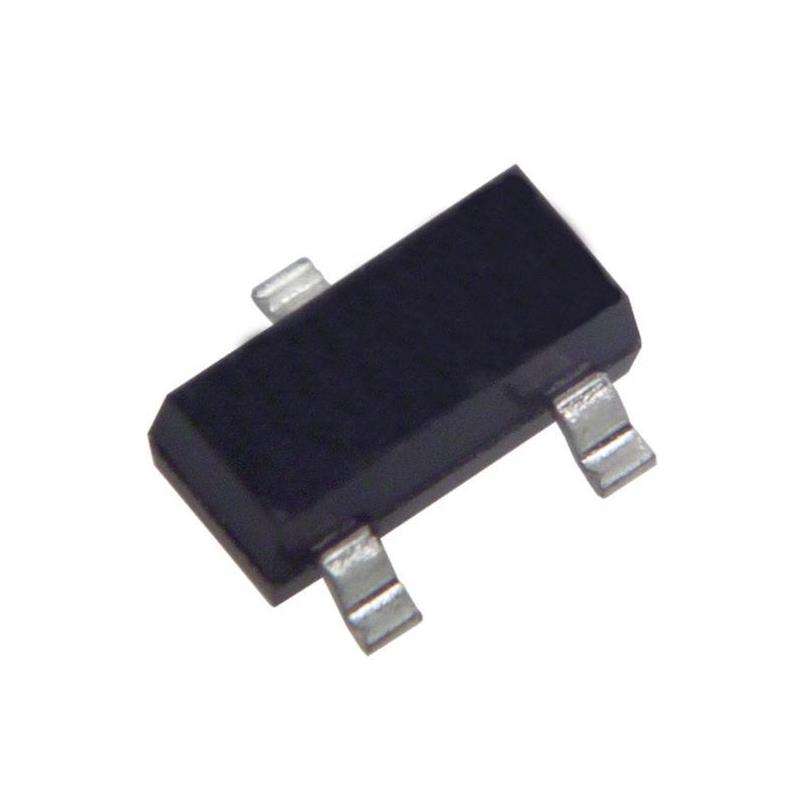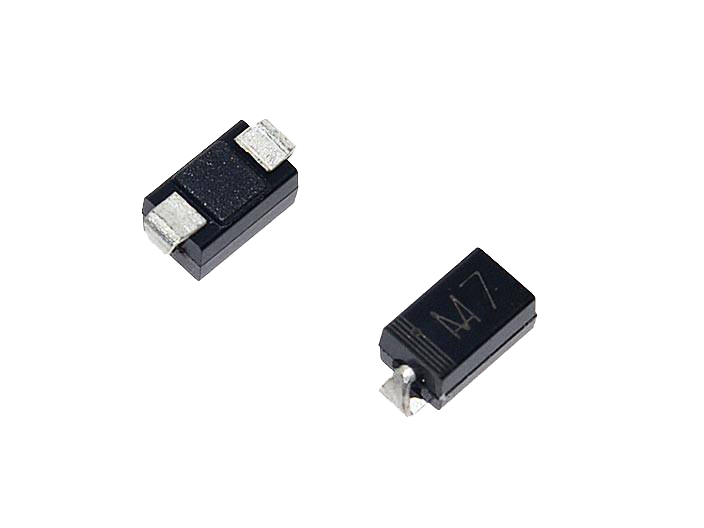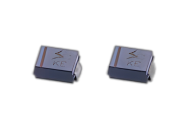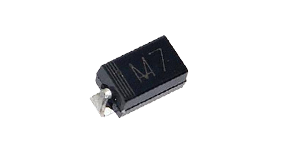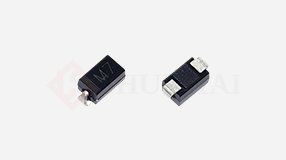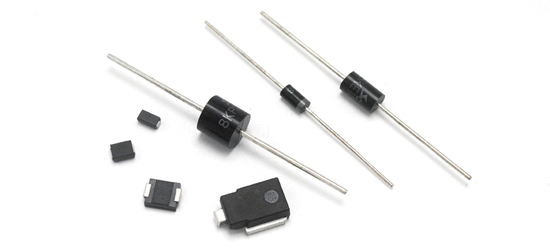Introduction:
PPTC resettable fuses are commonly used electronic components for overcurrent protection in circuits. Among them, PPTC surface mount resettable fuses and PPTC through-hole resettable fuses are two popular types. This article will provide a detailed explanation of the working principles, structures, and application areas of these two fuses, helping readers better understand and apply these components.
I. PPTC Surface Mount Resettable Fuses:
1. Working Principles:
PPTC surface mount resettable fuses are made of a polymer positive temperature coefficient (PPTC) material, and their working principles are based on the resistive characteristics of the PPTC material. Under normal operating conditions, the resistance of PPTC surface mount resettable fuses is low, allowing current to flow through. When the current exceeds the rated value or a short circuit occurs, the PPTC material heats up, causing its resistance to rapidly increase, thus limiting the current flow and achieving overcurrent protection. Once the fault is removed, the PPTC material cools down and returns to a low resistance state, reconnecting the circuit.
2. Structure:
PPTC surface mount resettable fuses have a relatively simple structure, consisting of the following components:
- PPTC Element: The PPTC element is the core part of the PPTC surface mount resettable fuse, made of PPTC material. It is usually in a rectangular or circular shape, mounted on the circuit board.
- Electrodes: Surface mount fuses have electrodes at both ends for circuit connection.
II. PPTC Through-Hole Resettable Fuses:
1. Working Principles:
PPTC through-hole resettable fuses also utilize PPTC material and operate based on similar principles. When the current exceeds the rated value or a short circuit occurs, the PPTC material heats up, causing the resistance to increase and limiting the current flow. Once the fault is cleared, the PPTC material cools down and returns to a low resistance state, reconnecting the circuit.
2. Structure:
PPTC through-hole resettable fuses have a slightly different structure, consisting of the following components:
- PPTC Element: Similar to surface mount fuses, through-hole fuses contain a PPTC element made of PPTC material, but its shape and size are suitable for insertion into sockets or connectors.
- Housing: Through-hole fuses typically have a housing that protects the element and provides insertion and connection capabilities.
III. Application Areas:
PPTC surface mount resettable fuses and PPTC through-hole resettable fuses have extensive applications in various fields, including but not limited to:
1. Electronics: PPTC fuses are commonly used for overcurrent protection in electronic products such as computers, mobile phones, televisions, etc. They effectively prevent circuit faults and damage caused by overloads and short circuits.
2. Automotive Electronics: PPTC fuses are widely adopted in automotive electronic systems for protecting car circuits from overcurrent and faults, ensuring the safety and reliable operation of automotive electronic devices.
3. Communication Equipment: PPTC fuses are used in communication equipment, providing overcurrent protection to ensure the stable operation of communication systems and prevent faults from affecting the system.
4. Industrial Control: PPTC fuses find broad applications in industrial control systems for protecting industrial equipment and instruments, preventing damage caused by overloads and short circuits.
5. Power Supplies: PPTC fuses are used in power supply devices to protect power circuits and equipment from overcurrent and faults, ensuring stable power supply.
Conclusion:
PPTC surface mount resettable fuses and PPTC through

